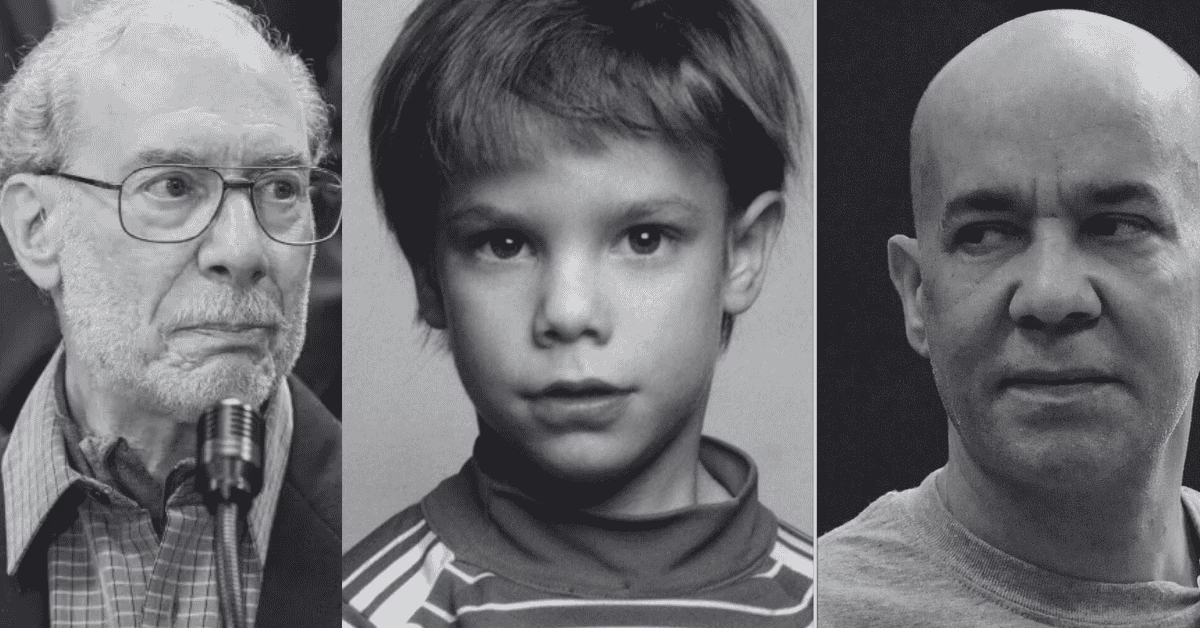The Etan Patz Case: A Child’s Disappearance That Changed America
On a warm spring morning in SoHo, New York City, 6-year-old Etan Patz left home to walk to his school bus stop—just two blocks away. It was May 25, 1979, the first time his parents allowed him to walk alone. Etan never made it to the bus.
That moment sparked one of the most infamous missing child cases in U.S. history and transformed how the country deals with child abduction. Etan’s face became one of the first to appear on milk cartons, turning him into a national symbol of lost children and igniting a movement to protect them.
Now, over four decades later, the case has taken a stunning turn: Pedro Hernandez, the man convicted of Etan’s murder, has had his conviction overturned.
Who Was Etan Patz?
Etan Kalil Patz was a bright, blonde-haired boy with a wide smile, eager to grow up and embrace his independence. He loved his scooter, carried a small elephant keychain, and had dreams like any six-year-old. When he went missing, New York City stopped in its tracks.
His parents, Stan and Julie Patz, launched a tireless search. Flyers papered the city. Thousands joined in. Etan’s image quickly became a nationwide symbol of missing children. In 1983, President Ronald Reagan declared May 25th as National Missing Children’s Day—in Etan’s honor.
In 2001, Etan was legally declared dead, though his body has never been found.
Pedro Hernandez: The Man Who Confessed
In 2012, after a decades-long investigation, authorities received a tip that led them to Pedro Hernandez, a former stock clerk at a SoHo bodega near Etan’s bus stop. At the time of the disappearance, Hernandez was 18 years old.
Hernandez confessed—first off-camera, then on a videotaped statement—that he lured Etan into the store’s basement with the promise of a soda. He claimed he then choked Etan, placed his body in a bag, and dumped it in a box with the trash. His confession, however, quickly became the center of controversy.
Here’s why:
- No physical evidence ever linked Hernandez to the crime.
- He had a documented history of mental illness and a low IQ, raising serious questions about his ability to fully understand or withstand police interrogation.
- His initial confession was made after 7 hours of questioning and before receiving his Miranda rights.
The Trials: Conviction Built on a Confession
Hernandez’s first trial in 2015 ended in a hung jury. One juror held out, expressing doubts over the credibility of the confession. The prosecution, lacking physical evidence, moved forward anyway.
In 2016, during a second trial, Hernandez was convicted of:
- Felony murder
- First-degree kidnapping
He was acquitted of intentional murder, showing that even the jury wasn’t fully convinced of premeditation.
For years, Hernandez’s lawyers argued that his mental health conditions, including schizotypal personality disorder, and suggestibility made his confession unreliable. Experts testified that he was especially vulnerable to leading questions and could be coerced into believing false memories.
Conviction Overturned: What the Court Ruled
On July 21, 2025, the 2nd U.S. Circuit Court of Appeals overturned Pedro Hernandez’s conviction.
Key reasons:
- The court ruled that jurors were improperly instructed on how to evaluate the reliability of his confession.
- It found that the trial court failed to properly address concerns over mental illness and coercion, thus violating federal legal standards.
- The ruling ordered a new trial or Hernandez’s release, pending the Manhattan District Attorney’s next steps.
This dramatic turn has left the public reeling and Etan’s family in limbo once again.
Justice Delayed or Justice Denied?
The court’s decision does not proclaim Pedro Hernandez innocent—but it does underscore serious flaws in how the justice system handled his trial.
For the Patz family, who waited over 30 years for closure, the emotional toll is unimaginable. They fought to keep Etan’s memory alive, to change laws, and to hold someone accountable. Now, that closure has been shaken—possibly lost.
For others, especially advocates of criminal justice reform, the case highlights the dangers of confessions from mentally ill or vulnerable individuals, especially when no physical evidence exists.
Etan Patz’s Legacy: A Movement Born from Tragedy
Etan’s case transformed America:
- Led to the founding of missing children registries
- Inspired the “milk carton kids” movement
- Helped create the National Center for Missing and Exploited Children
- Cemented May 25th as National Missing Children’s Day
Even without a definitive ending, Etan Patz changed the world. He became the face of a movement—and continues to be a reminder of how fragile life is, how relentless justice must be, and how one small boy’s story still matters.
What’s Next?
The Manhattan District Attorney’s Office is currently reviewing the court’s ruling. A decision could be made in the coming weeks regarding whether Pedro Hernandez will be retried—or whether the case will be left, once again, without legal resolution.
Regardless of what happens next, one truth remains: Etan Patz is not forgotten. His name will forever stand as a powerful symbol of love, loss, and a country’s promise to protect its children.


1 thought on “Etan Patz: The Boy Who Vanished and the Conviction That’s Now Been Overturned”
Comments are closed.